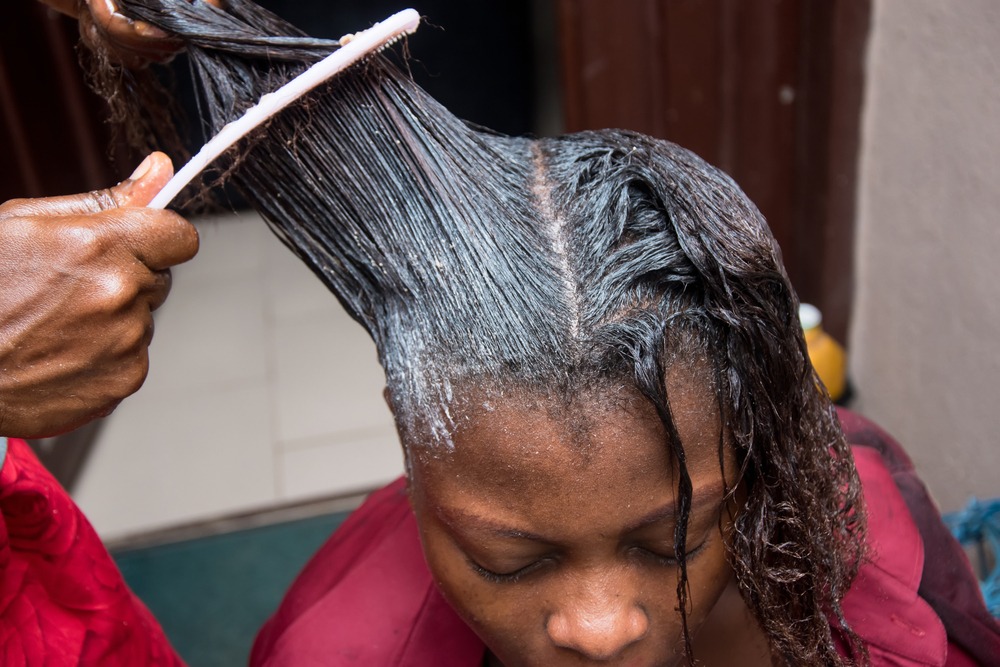
Reasons you should stop relaxing your hair
Sometimes, we try to stop certain hair care practices but find it difficult to stick to the changes. When it comes to taking care of your hair, we believe that no stone should be left unturned.
The first step in protecting your hair is to stop relaxing. If you stop relaxing your hair for one year, you will be shocked at how gorgeous and natural it will become.
Chemical straighteners such as relaxers are filled with toxic chemicals. These toxins such as Thio (Amonium Thioglycolate), lye (Sodium Hydroxide) and no-lye relaxers (Guanidine Hydroxide, Lithium Hydroxide, Potassium Hydroxide, Calcium Hydroxide), need to be harsh in order to disrupt the way your hair grows naturally, and break those naturally strong disulphide bonds. By using relaxers, you are exposing your hair and skin to toxic chemicals.
Also, there are many health risks associated with using relaxers. While many cosmetics contain toxic chemicals, studies have shown that afro-haired women using relaxers are at a risk of serious harm. A study published in the Environmental Research Journal showed over 78% of hair products marketed towards black women containing chemicals linked to obesity, infertility and cancer. The study also showed that around 80% of relaxers contain toxic chemicals such as parabens as well as phthalates which are commonly used as preservatives despite being linked to early menopause, breast cancer and ovarian cancer.
Moreso, relaxing your hair is a cause of thinning, hair loss and alopecia. Alopecia is an umbrella term for hair loss anywhere on the body, which can be permanent or temporary. It can affect anyone regardless of gender, ethnicity or age. Hair can grow back on its own or with treatment. There are many forms of alopecia. When follicles are faced with chemical relaxers (or repeated tight braiding), the body tries to protect itself from harm by causing inflammation, which in the case of scarring alopecia destroys and replaces your hair follicles with scar tissue. As a result, the hair follicle is no longer viable and cannot produce hair. The condition may have no other symptoms or you may also experience erythema, severe itchiness, discomfort, varied pigmentation, blisters with pus or fluid, strong burning and pain. There are also forms of alopecia which can occur suddenly after years of using relaxers with (seemingly) no problems. Patches can appear on the crown of the head, in a symmetric centrifugal pattern. It may occur along with papules, pustules, severe itching and sensitivity.
Really? This is an eye enlightening
Wao! What of those who already did?